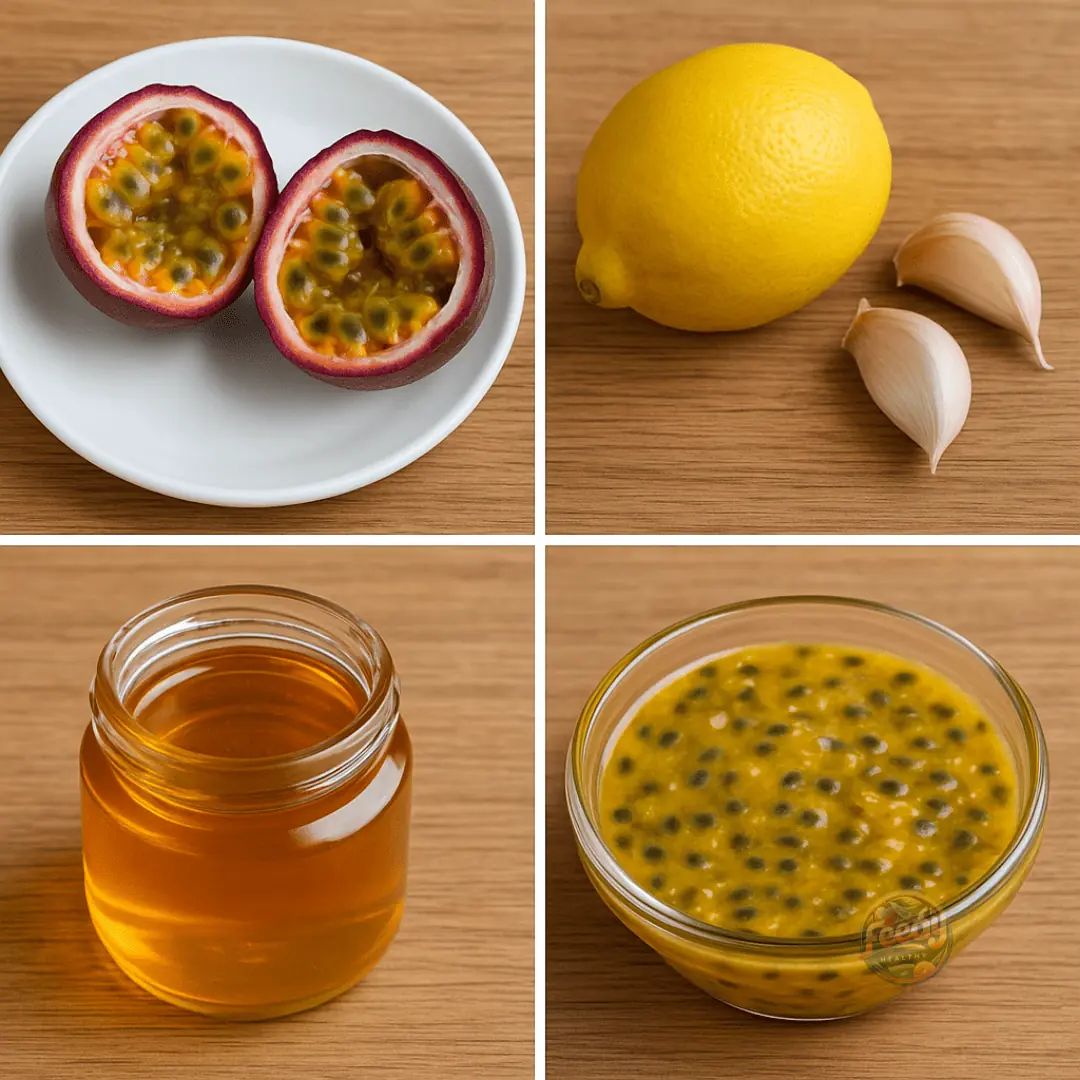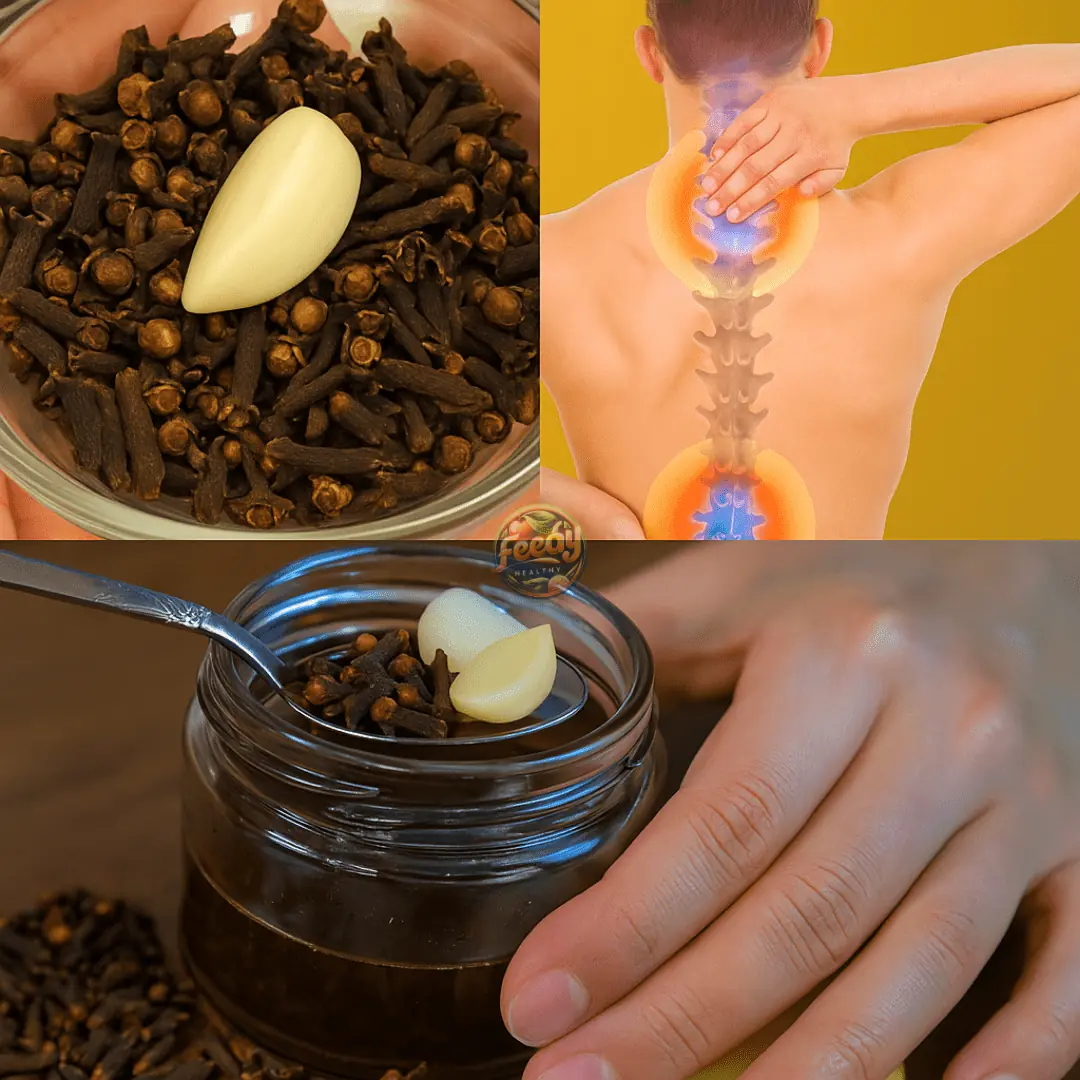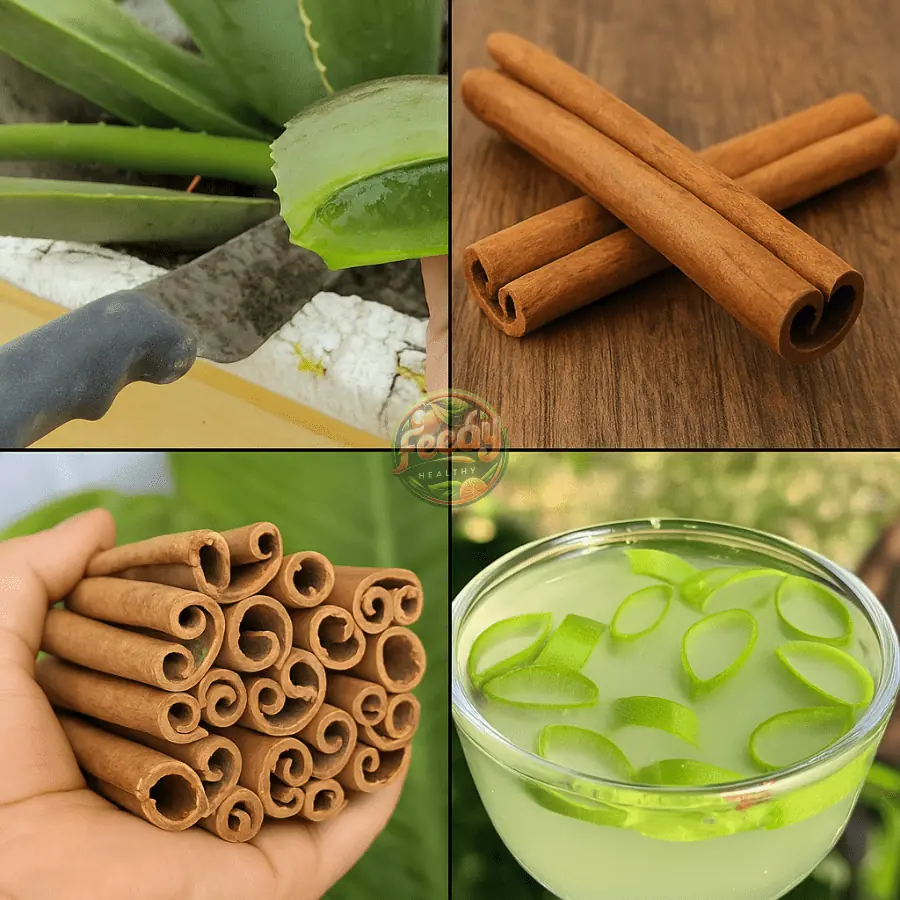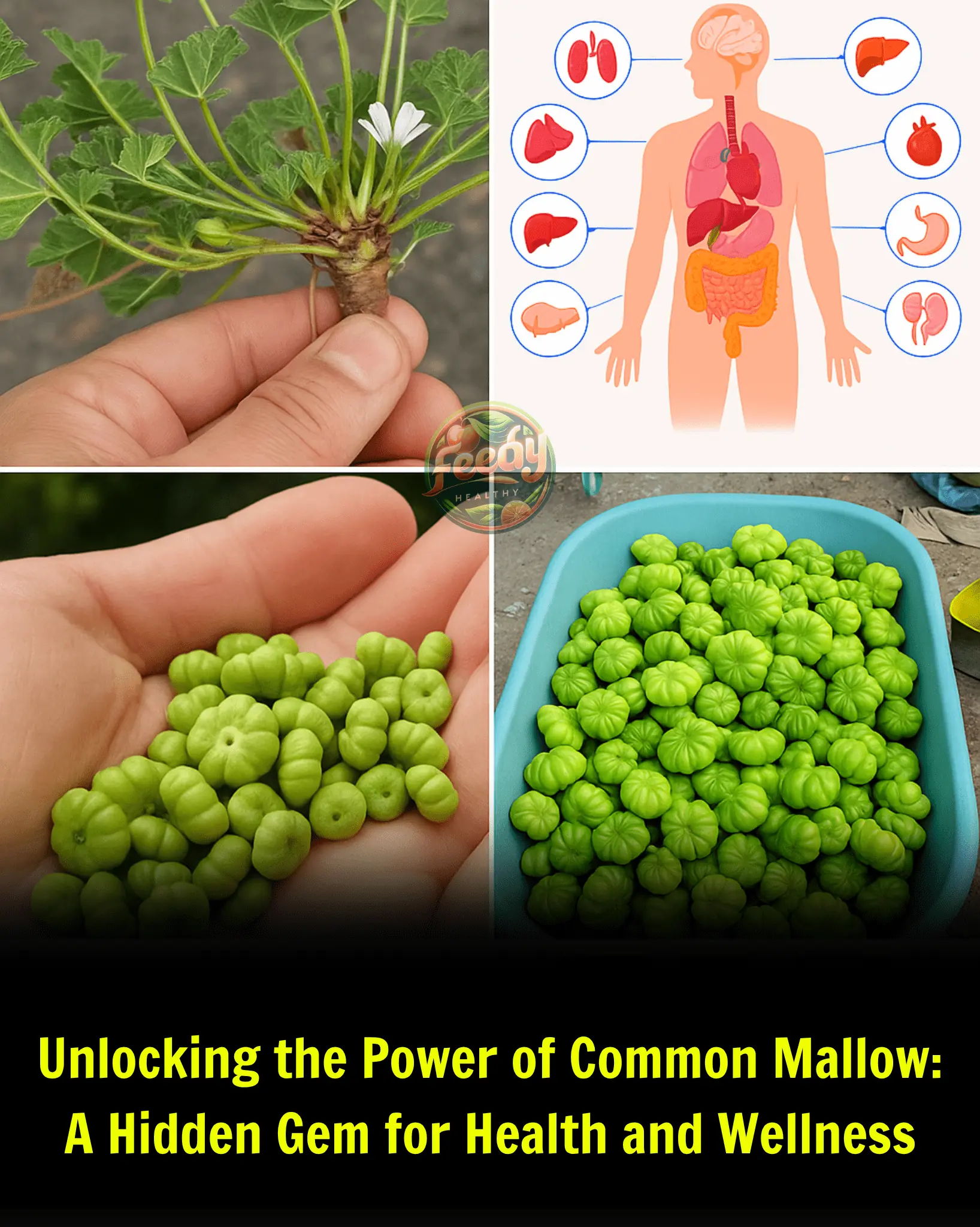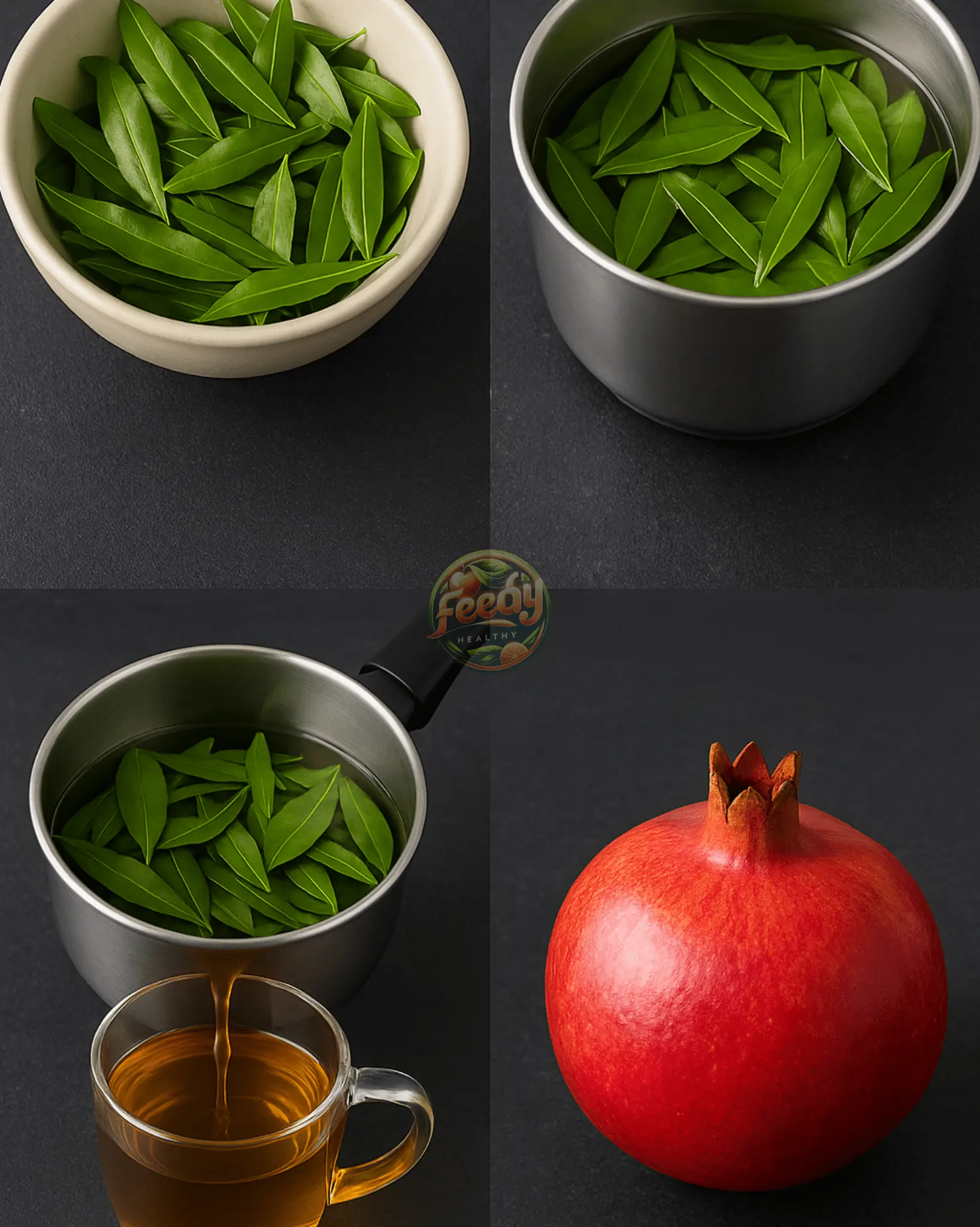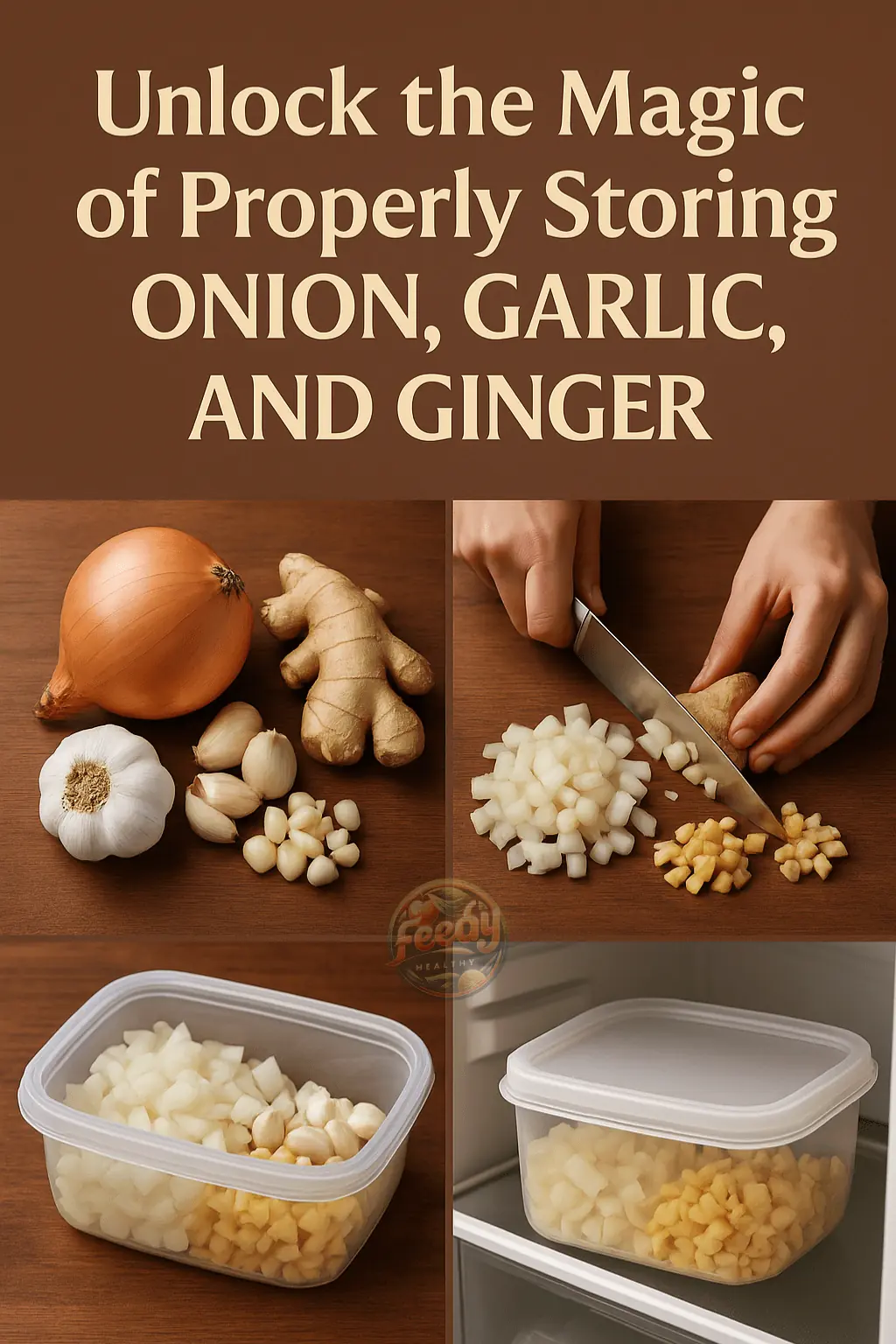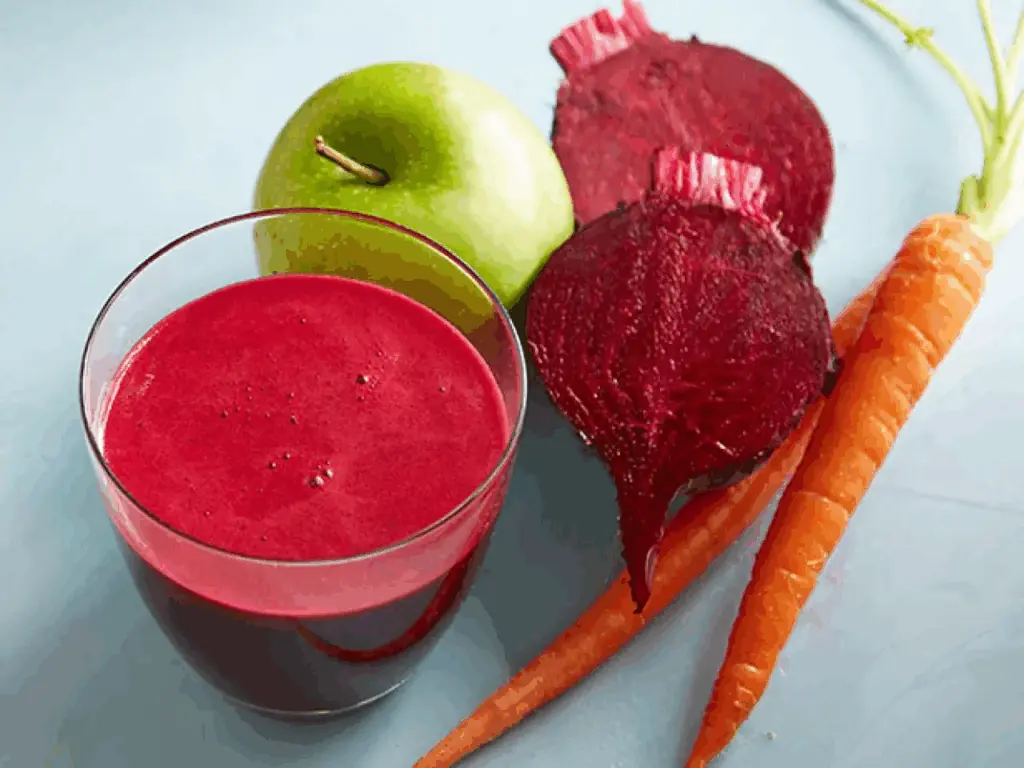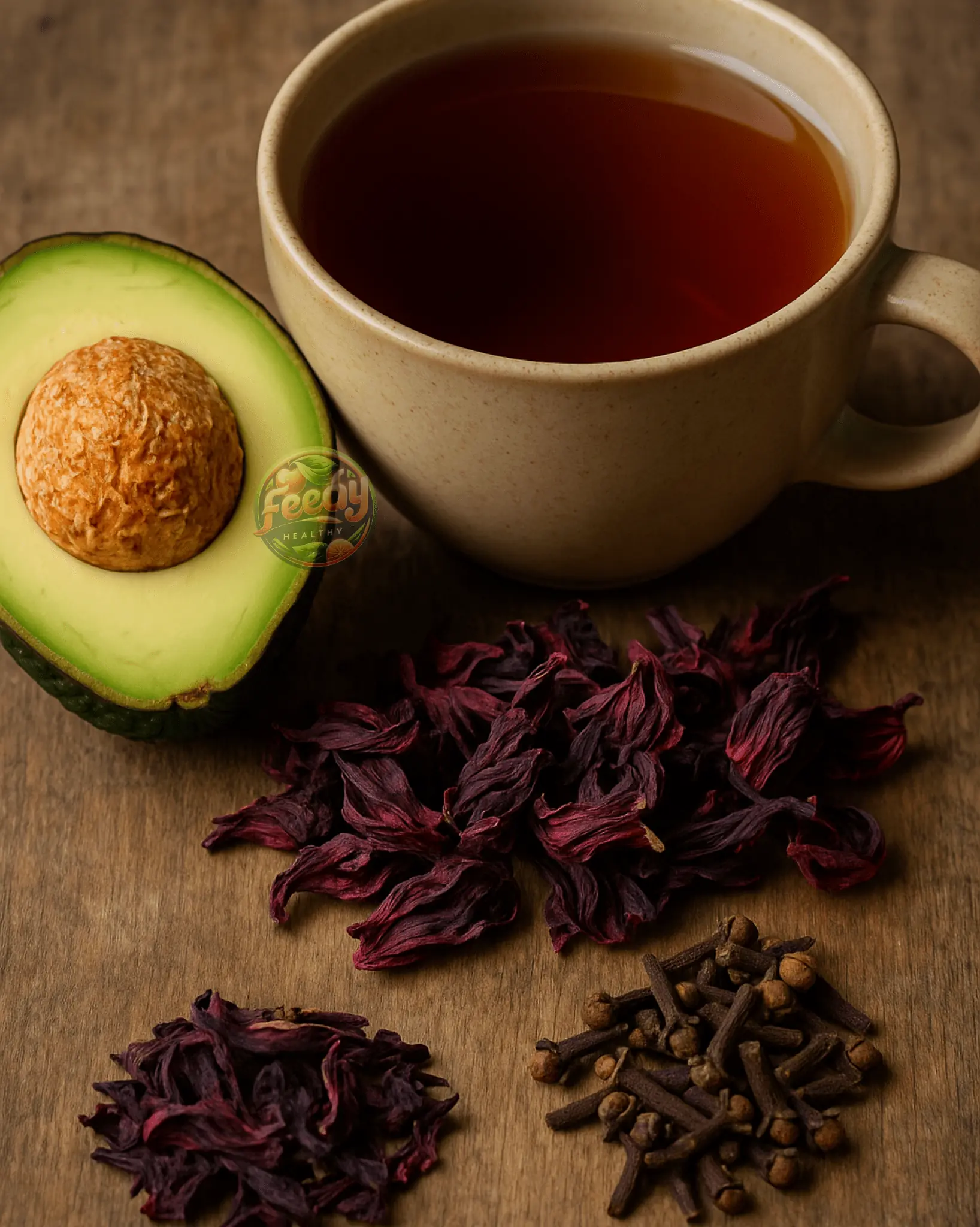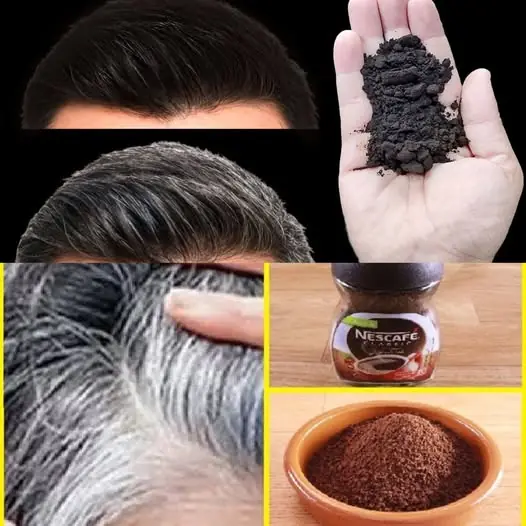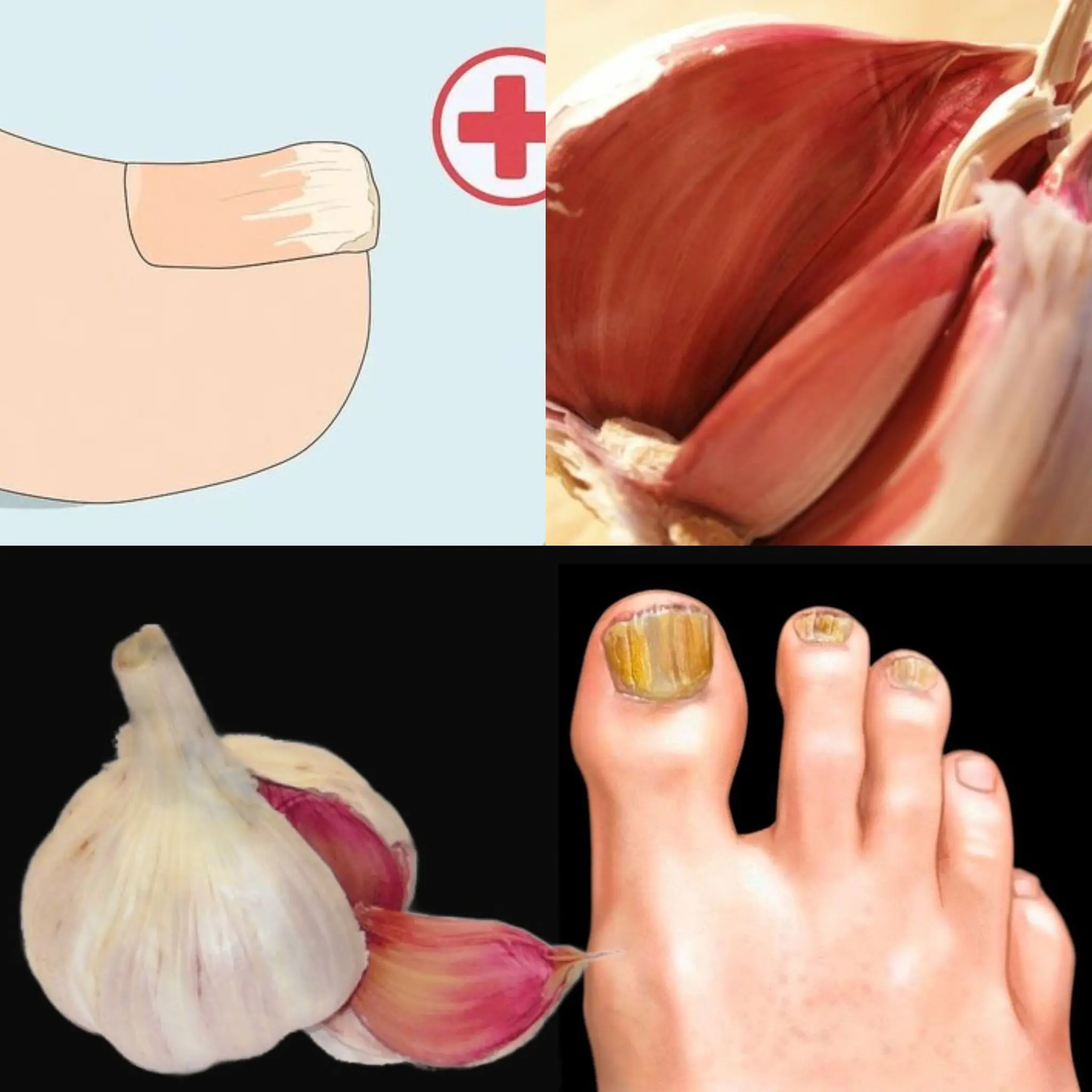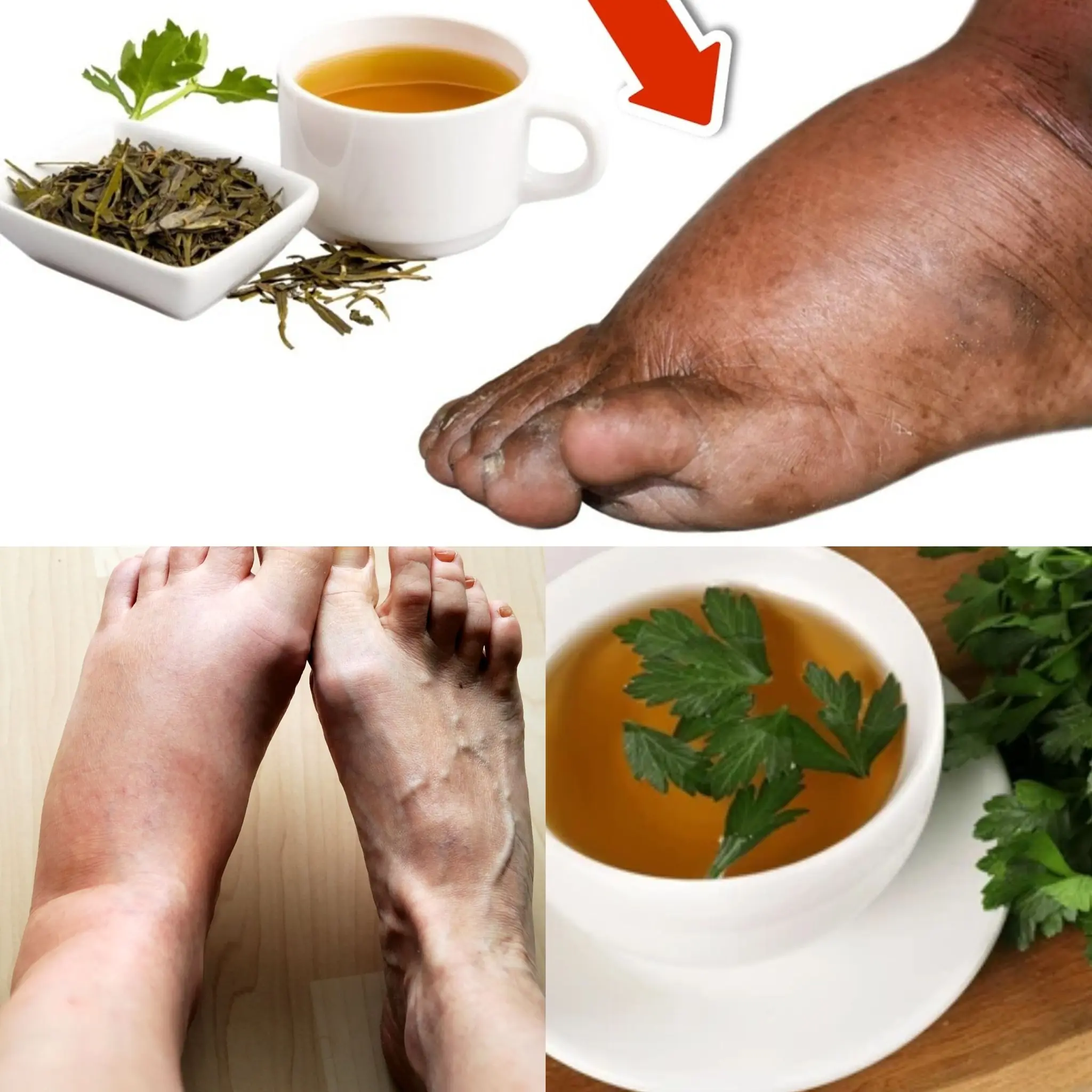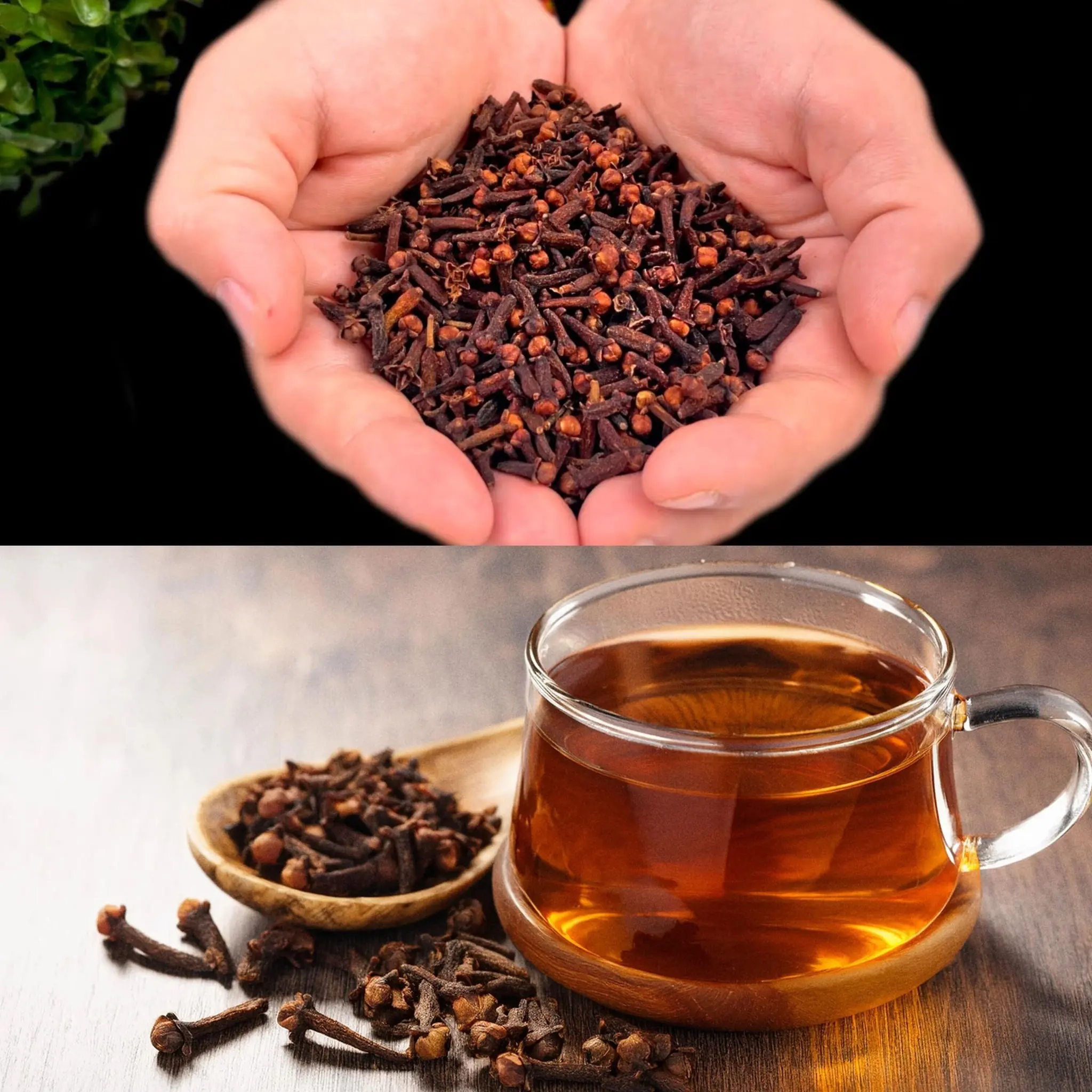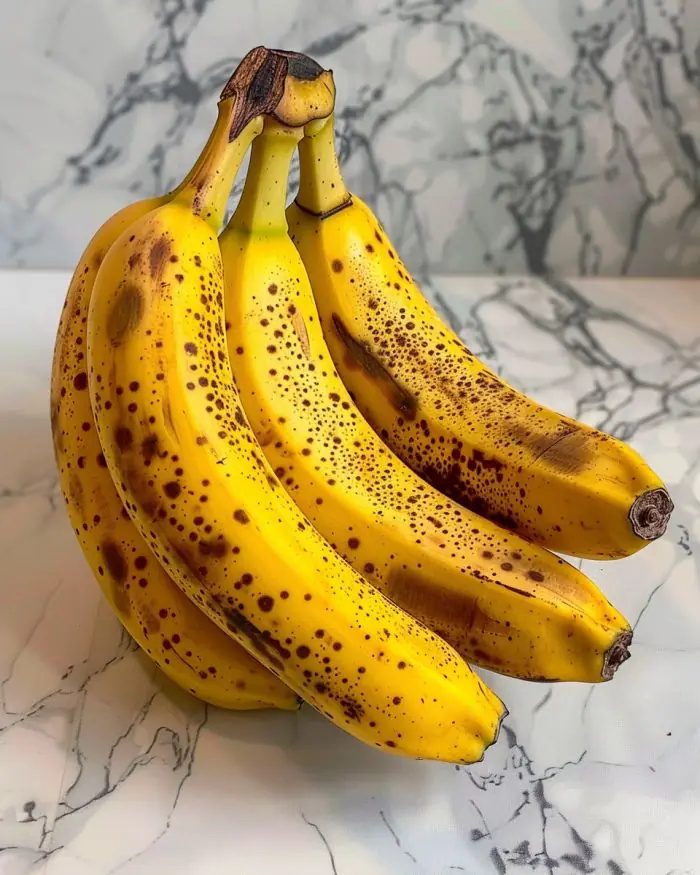Have you ever touched a plant that folds its leaves as if it’s shy? That plant is Mimosa pudica, also known as the “sensitive plant” or “touch-me-not.” While it’s often admired for its unique response to touch, what many people don’t realize is that Mimosa pudica has a long history in traditional medicine and is gaining attention for its potential to support overall health—especially gut health, inflammation, and mood.
Let’s explore why this fascinating plant is drawing the spotlight in natural wellness circles—and how you can use it safely at home.
🌿 What is Mimosa Pudica?
Mimosa pudica is a creeping herb native to Central and South America, though it now grows around the world—including parts of Asia and Africa. Its ability to close its leaves upon touch is called thigmonasty, a defense mechanism that makes it one of the most recognizable plants.
Medicinally, its roots, seeds, and leaves are rich in bioactive compounds such as:
-
Alkaloids (e.g., mimosine)
-
Flavonoids
-
Tannins
These phytochemicals are believed to contribute to a wide range of health-supportive effects.
🌟 Health Benefits of Mimosa Pudica
Though scientific research is still evolving, early findings and centuries of traditional use suggest Mimosa pudica may support:
✅ 1. Digestive Health & Gut Cleansing
When the seeds are mixed with water, they form a gel-like substance that may bind toxins and parasites in the gut. According to a 2016 study published in Pharmacognosy Research, this mucilaginous gel can help with bloating, irregular bowel movements, and overall gut detoxification.
✅ 2. Inflammation Reduction
Thanks to its high flavonoid and tannin content, Mimosa pudica has been traditionally used to relieve mild joint discomfort and swelling. Phytotherapy Research supports its anti-inflammatory potential.
✅ 3. Antioxidant Protection
Its antioxidant content may help neutralize oxidative stress, which plays a role in aging and chronic disease. Harvard Health reports antioxidants can contribute to overall disease prevention.
✅ 4. Mood & Sleep Enhancement
Animal studies suggest Mimosa pudica extract may reduce anxiety and promote relaxation, likely due to its calming phytochemicals. A 2016 study on mice showed notable anti-anxiety and antidepressant effects.
✅ 5. Wound Healing & Skin Care
Traditionally applied as a paste for minor wounds or cuts, the plant’s antimicrobial qualities may help speed up healing—as confirmed by research in the Journal of Ethnopharmacology.
🧴 How to Use Mimosa Pudica Safely
You can find Mimosa pudica in several forms—tea, powder, capsules, or even fresh leaves for topical use. Here’s how to use it effectively:
💊 For Internal Use
-
Tea: Steep 1–2 teaspoons of dried leaves or roots in hot water for 10 minutes. Drink once daily on an empty stomach.
-
Capsules: Opt for 500–1000 mg of Mimosa pudica seed powder daily (e.g., Double Wood Supplements).
-
Smoothies: Add ½ teaspoon of powder to your morning smoothie to support digestion.
💆 For Topical Use
-
Wound Paste: Crush fresh leaves and apply to minor scrapes. Rinse off after 15 minutes.
-
Joint Relief: Mix leaf powder with coconut oil and apply to areas of discomfort.
⚠️ General Safety Tips
-
Start small: Begin with a low dose to check your body’s response.
-
Cycle use: Try two weeks on, one week off.
-
Buy quality: Choose organic or lab-tested supplements to avoid contamination.
🧘 Complement Your Routine with Healthy Habits
Pairing Mimosa pudica with good lifestyle choices enhances its effectiveness. According to health authorities like the CDC and Harvard:
-
Eat whole, fiber-rich foods for optimal gut health.
-
Hydrate with 8–10 cups of water per day.
-
Exercise at least 150 minutes per week.
-
Sleep 7–9 hours nightly to support recovery and mood.
-
Practice mindfulness to reduce inflammation naturally.
These habits create a strong foundation for Mimosa pudica to work effectively.
⚠️ Precautions Before You Start
While generally safe in moderation, there are some important guidelines:
-
Consult your doctor—especially if pregnant, breastfeeding, or taking medications (e.g., blood thinners or diabetes drugs).
-
Allergy awareness—start small to watch for signs of nausea, rash, or digestive upset.
-
Avoid long-term overuse—cycle your usage to avoid decreased effectiveness or potential side effects.
If you notice any unusual symptoms like dizziness or skin irritation, stop using and seek medical advice.
🌱 Why Mimosa Pudica Is Trending in Wellness
Mimosa pudica checks all the boxes for health-conscious consumers:
-
🌿 100% natural
-
🧠 Supports both mental and digestive health
-
📸 Visually fascinating—perfect for sharing on social media
-
📚 Rooted in Ayurvedic tradition
Its popularity is growing, especially as gut health becomes a major wellness trend.
💬 Final Thoughts: Embrace Nature’s Gentle Healer
Mimosa pudica is more than just a sensitive plant—it’s a botanical ally that may gently support digestion, mood, and inflammation. Whether you drink it as tea, add it to your smoothie, or use it in a skin paste, this remarkable plant offers real potential.
Used wisely, it could be a valuable part of your natural wellness journey.
👉 Try it out and share your experience! What’s your favorite way to use Mimosa pudica? Let us know in the comments below.
Disclaimer: This article is for educational purposes only and should not replace medical advice. Always consult your healthcare provider before starting any new supplement or remedy.

